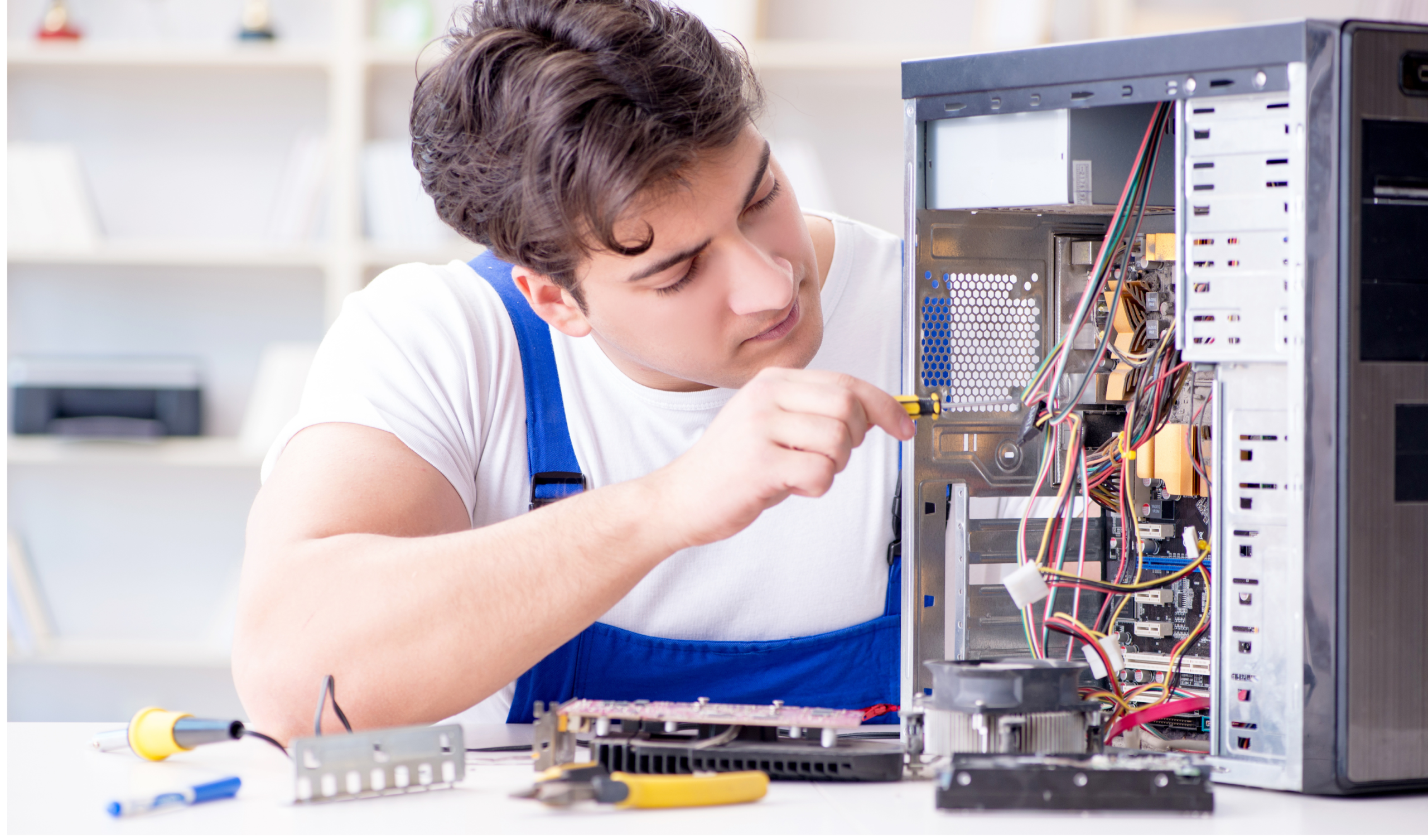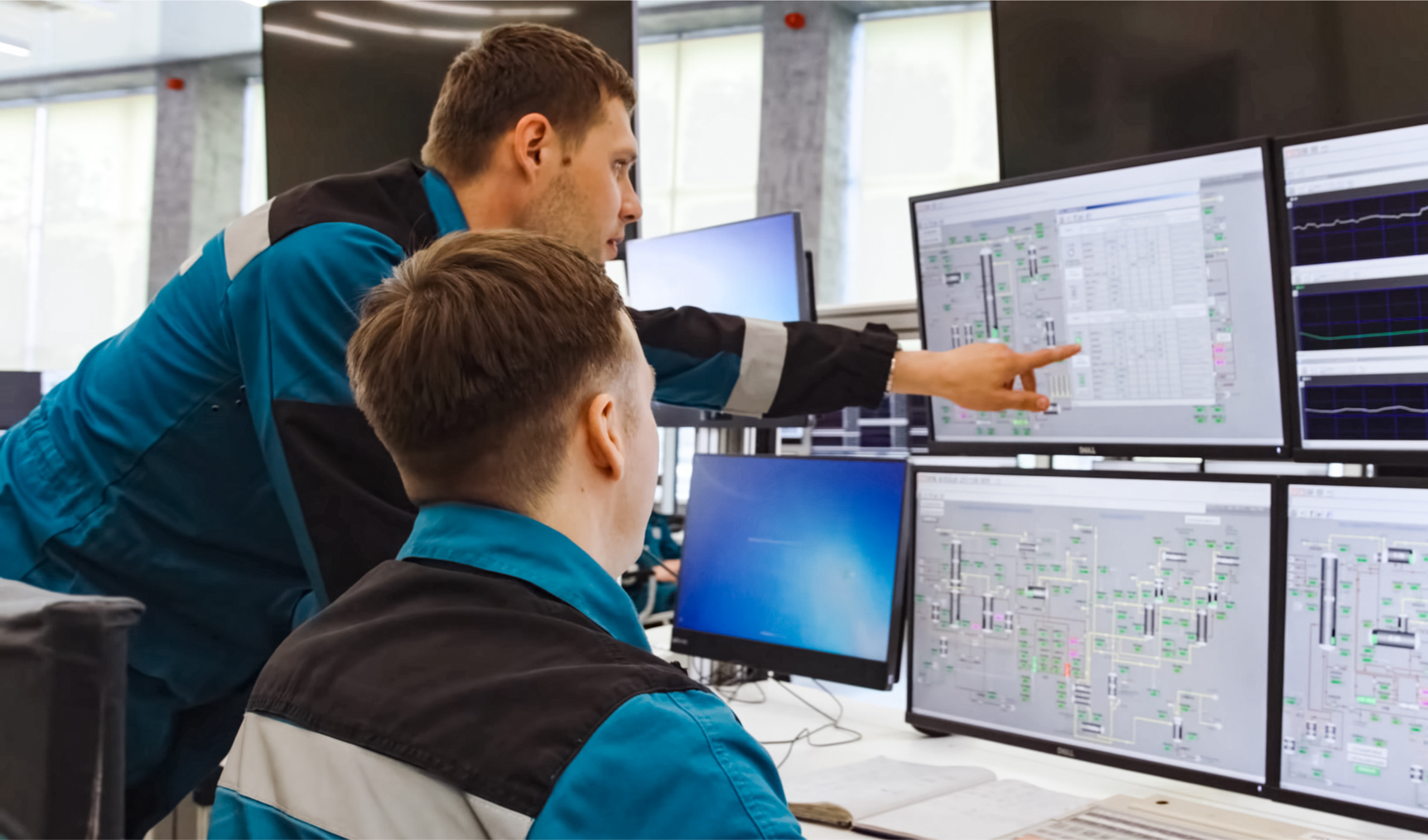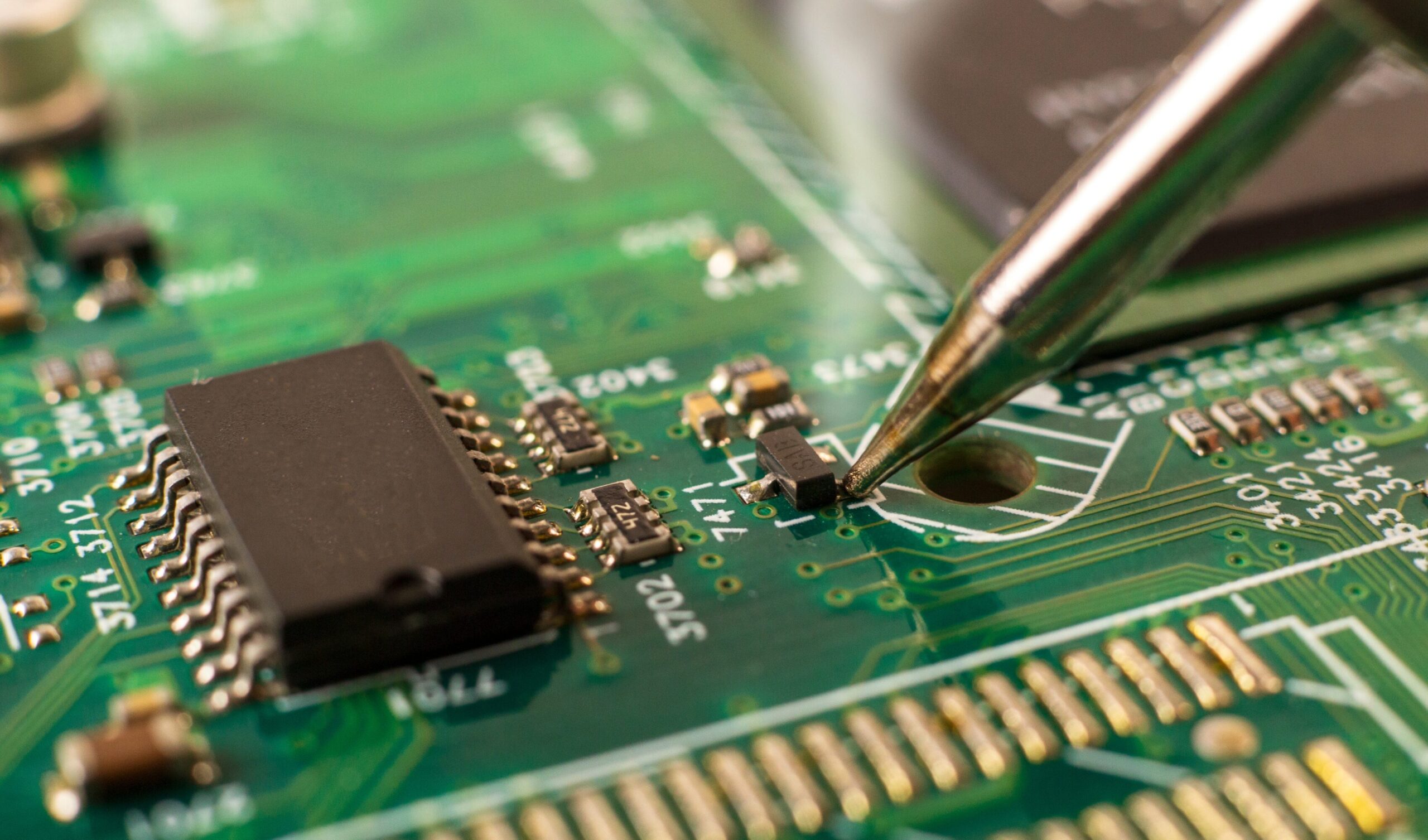Hardware Services
Can your enterprise afford to replace the essential hardware?
Why Choose Coleman Technologies?
At Coleman Technologies, we understand that aging or failing hardware isn’t just inconvenient—it’s costly. From lost productivity and security risks to hidden repair fees, outdated equipment can impact your entire operation. We proactively manage your hardware lifecycle to ensure reliability, performance, and peace of mind.

Hardware Lifecycle Management
We track warranty and lifecycle timelines (3–5 years for servers/laptops), schedule replacements before failures occur, and streamline procurement, configuration, and deployment—eliminating hardware surprises

Computer Hardware Support & Repairs
Our certified technicians diagnose and fix hardware issues fast—replacing components or entire systems as needed, minimizing downtime for your team

Professional Server & Infrastructure Support
From rack integration and server room design to battery backups and cable management, we ensure your infrastructure is robust and ready

24/7 Proactive Monitoring
We continuously monitor your hardware health—detecting disk failures, overheating, or power issues before they become crises

Predictable Flat‑Rate Hardware Plans
With our MSP model, hardware maintenance and support are included in your monthly fixed fee—no surprise charges for repairs or updates
Benefits of Our Hardware Services
- Avoid unplanned downtime
- Reduce security vulnerabilities tied to obsolete hardware
- Save money with predictable, all-inclusive pricing
- Enjoy optimized performance and efficiency
- Future-proof your IT infrastructure with proactive planning

Let's make your vision a reality
Ready to make waves in your industry? Let’s craft your success story together. Reach out now and let’s get started.




